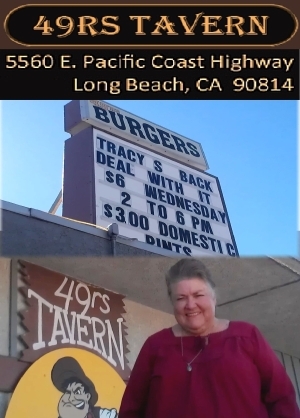Some football fans made plans to travel to Palm Springs, Bakersfield or San Diego to see the telecast...but an L.A. area radio outlet came up with a self-promotion that enabled some L.A. area residents to view the game.
[Scroll down for further.]


| (Feb. 5, 2017) -- The first Superbowl (offically dubbed football's "World Championship") was played at the L.A. Coliseum (Green Bay Packers vs. Kansas City Chiefs) in January, 1967 and carried on two TV networks (NBC and CBS)...but was blacked out in the Los Angeles market (with less than a Coliseum sellout crowd) by edict of professional football's brass.
Some football fans made plans to travel to Palm Springs, Bakersfield or San Diego to see the telecast...but an L.A. area radio outlet came up with a self-promotion that enabled some L.A. area residents to view the game. [Scroll down for further.] |
  |
KRLA radio (at that time the letters belonged to a Pasadena Top 40 station at 1110 AM) offered to send listeners instructions on how to build a TV antenna -- using five coathangers and a broomstick -- designed to pull in San Diego's NBC and CBS affiliates. Apparently a KRLA engineer wisecracked that it shouldn't be too difficult throw together a directional antenna to pick up the San Diego TV channels "using coat hangers and a broomstick" and the idea percolated up to KRLA management, which turned the offhand remark into a station promotion.
With few resources (and no computer powered software) KRLA's engineers applied some basic electronic formulas and devised a "Yagi" antenna, a tried and true self-amplifying design (dating back to the 1920's) still seen on some rooftop TV antennas. In KRLA's version, three metal rods of increasing length ("directing" elements) projected the signal back to a fourth rod (the "driven element" to which primitive TV twin-lead wire was attached) behind which was a fifth larger rod (a "reflecting" element). The five rods consisted of five straightened coathangers, cut to specific lengths and spaced so as to maximize the San Diego TV stations' signal frequencies. It looked like a ramshackle device, but by basic electronic principles, it was just fine. With no time for professional printing, photocopies sufficed. Typed on what appears to be an IBM Selectric typewriter and using hand-drawn graphics, KRLA offered the nation's second largest market a way to beat pro-football's blackout using the electronically solid but the less-than-slick instructions below.
Pro football's brass and TV execs weren't amused...and the spectacle of corporate suits exercised over the low-budget local radio evasion of the blackout only drew more attention to the David vs. Goliath promotion. Central L.A. viewers reported watchable although snowy black and white video, but sometimes of sufficient strength to enable color pictures. In Long Beach and the south bay, signals were fairly strong; wiewers in the San Fernando and San Gabriel valleys had a tougher time.
It was a low cost, high visibility publicity boost for the plucky Pasadena outlet, by that time being beaten by a Top 40 newcomer, 93/KHJ, with a slickly executed "more music" format.
And the Green Bay Packers (coached by Vince Lombardi) defeated the Kansas City Chiefs 35-10. blog comments powered by Disqus Recommend LBREPORT.com to your Facebook friends:
Follow LBReport.com with:
Contact us: mail@LBReport.com |
     
 Hardwood Floor Specialists Call (562) 422-2800 or (714) 836-7050  |